
Category: Greatest Hits!
Schubert: Symphony in C; Harnoncourt, Berlin Philharmonic
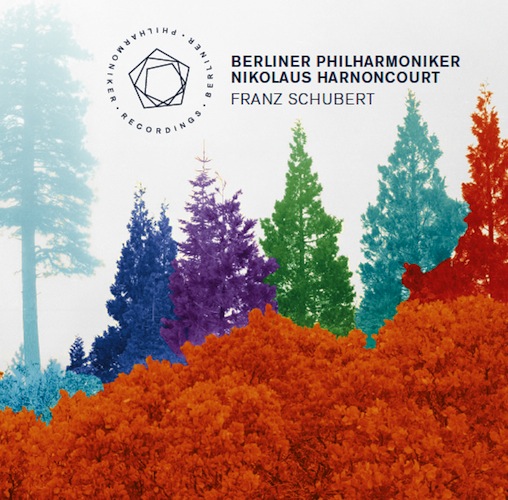
Franz Schubert: Symphony in C major (D 944),
Nikolaus Harnoncourt, Berlin Philharmonic Orchestra
Recorded March 22-24, 2006; released 2015
HD Tracks download HD4260306189120
Gloriosky, what a magnificent performance!
Just download it, today. Every now and then, a new recording comes along that blows the dust off thrice-familiar music, while at the same time blowing the competition into the weeds. For interpretation, playing, and recorded sound, this download sets a new standard in Schubert’s “Great” C-major symphony.
But up front, please let me explain that, when I say, “blows the dust off” a masterwork, I do not mean a superficial jazzing-up, or any disrespect to tradition. What I refer to is the fruits of a scholarly and humble investigation into the best sources, leading to a needful correction of tradition, when tradition can be shown to be faulty.
(During the time this review was in preparation, news was received of Nikolaus Harnoncourt’s death, on March 5, at age 86. A life well lived; and one that will be long remembered. Requiescat in pace.)
Alan Feinberg, pianist: “Fugue State”
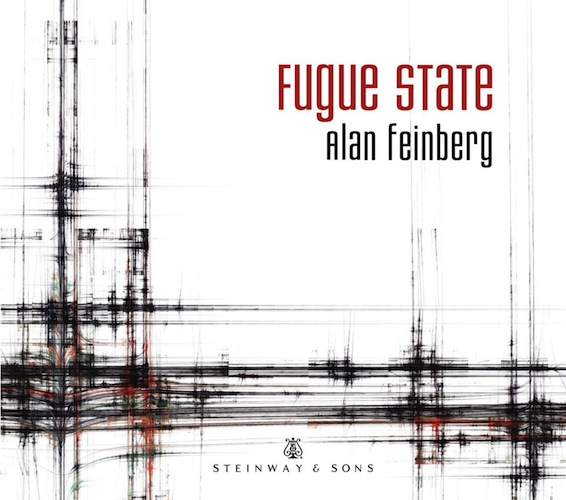
Alan Feinberg is one of those increasingly rare classical pianists who have managed to create an international career without the springboard of a well-publicized competition win. (No knock on competition winners who play like artists—see here. )
Alan Feinberg came to my attention some years back when he recorded a series of four CDs for Argo, one of which included a spellbinding performance of a Fauré “Après un Rêve” transcription by Percy Grainger. Feinberg’s approach was larger than life. Or, perhaps it was more that Grainger’s “transcription” left Fauré’s pensive little art song in the dust of a major construction project.
“Time for Love: The Best of Julie London”
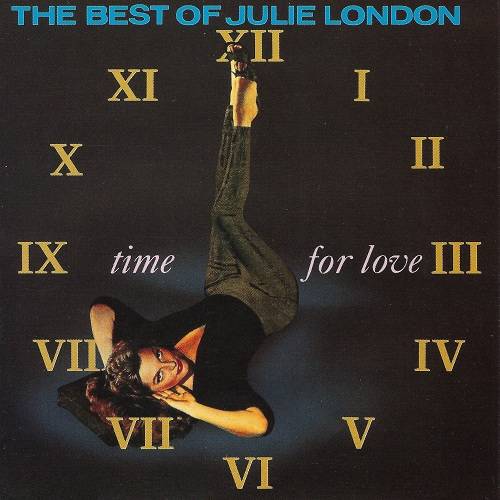
Julie London: Time for Love: The Best of Julie London
CD Rhino R2 70737
Julie London, vocals; Barney Kessel, guitar; Ray Leatherwood, bass; others. Recorded 1955–67; remastered 1991.
The first installment in the “Vault-Treasure Tuesdays” feature was Clifford Brown With Strings, from 1956. The second was Frank Sinatra’s Where Are You?, from 1957. That’s one instrumental recording and one jazz-inflected male pop vocalist. So now, here’s a jazz-inflected female pop vocalist.
If you asked most people today to name the most popular female vocalist of 1955, 1956, or 1957, many would guess Ella Fitzgerald, Doris Day, Peggy Lee, Jo Stafford, or Rosemary Clooney. However, according to Billboard magazine, for all three years it was Julie London. Julie London’s singing career was so unlikely that it could have been a Hollywood movie script of the same era.
Respighi “Brazilian Impressions,” Liège Royal Philharmonic, John Neschling

Respighi Impressioni brasiliane, La Boutique fantasque
Liège Royal Philharmonic, John Neschling, conductor
BIS SACD 2050
I raved about this SACD/CD in my next-to-last column for Stereophile magazine. Having since then heard it played back on a variety of stereo systems, my continued exposure to it has only increased my respect.
I have not yet heard Andris Nelsons’ and the Boston Symphony’s Grammy-winning Shostakovich 10th symphony, which, perhaps, might be even better. But as of right now, the Liège Royal Philharmonic’s Respighi Brazilian Impressions on BIS is the best new orchestral recording (not only in terms of recording quality, but also in performance) I have heard in years. Even if you rarely listen to classical music, this recording is well worth acquiring as material that shows off what a great stereo system can sound like.
Frank Sinatra: Where Are You?
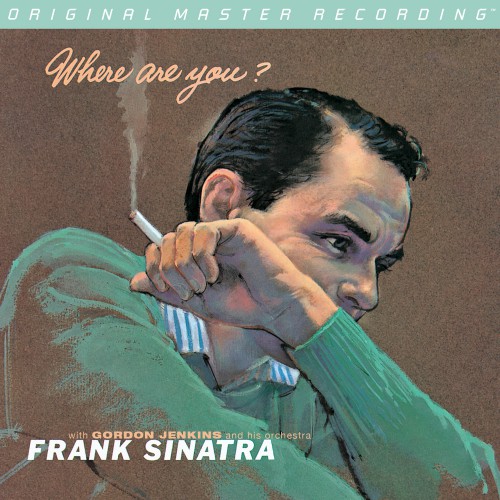
Frank Sinatra: Where Are You?
With Gordon Jenkins and his orchestra
SACD/CD Mobile Fidelity Original Master Recordings 2109 / Monaural
Originally released on Capitol Records, 1957
The first “Vault-Treasure Tuesdays” feature was Clifford Brown With Strings, from 1956. Sticking to that same part of the century, here we have, from 1957, Frank Sinatra’s Where Are You?, in a truly remarkable monophonic remastering by Mobile Fidelity Sound Labs.
The Haiku version is: this album of “weepies” is one of Sinatra’s best. Where Are You? was Sinatra’s first album with Gordon Jenkins as arranger and conductor. They struck the perfect emotional balance, avoiding both bleak despair and superficial hipness. And Where Are You?‘s narrative arc makes it the perfect bookend for Clifford Brown With Strings.
Au’voir, Cleopatra! You too, Nefertiti…

Natalie Imbruglia (b. 1975) is a half-pint Italo-Aussie who embodies the Audrey Hepburn gamine/waif vibe. In 2004, Imbruglia was ranked sixth among the most naturally-beautiful women of all time, in a poll of beauty mavens such as model agents, fashion editors, and make-up artists.
No surprise, Audrey Hepburn ended up in first place. Cleopatra and Nefertiti (and the Queen of Sheba, as well) were conspicuous by their absence. Among the near-moderns, neither Lillie Langtry nor Maud Gonne made the cut. But, Liv Tyler did, soooo… it seems that there may have been a strong Recency Bias to the voting.
Singing just doesn’t get better than this…

I have chosen to kick off my Music-Video Fridays series with Anne Sofie von Otter, from her live-in-Paris 2004 DVD Voices of Our Time—a Tribute to Korngold. (A photo of Miss von Otter is the image on the home page “Featured Content” tile for Music-Video Fridays.)
The daughter of the Swedish diplomat Baron Göran Fredrik von Otter, Anne Sofie von Otter studied at the Guildhall School of Music and Drama, and made her début as Alcina in Haydn’s Orlando paladino in Basel in 1983.
In addition to her notable successes in the oratorio and opera music of Bach, Bartok, Elgar, Handel, Monteverdi, and Mozart, von Otter’s art-song repertory encompasses Brahms, Grieg, Korngold, Mahler, and Sibelius. In 1993, her Grieg song-recital CD (with Bengt Forsberg) became the first song recording ever to win Gramophone magazine’s “Record of the Year” award. Were that not enough, she has also collaborated with Elvis Costello, and with Brad Mehldau.
Clifford Brown: Clifford Brown With Strings
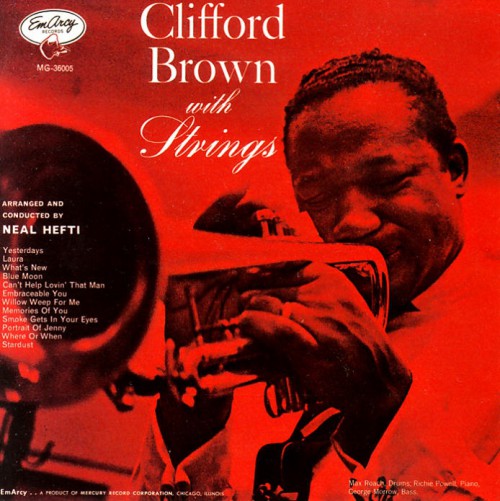
Clifford Brown: Clifford Brown With Strings
CD Polygram 814 642-2
Clifford Brown—trumpet; Richie Powell—piano; Max Roach—drums; George Morrow—double bass; Barry Galbraith—guitar; Neal Hefti—arranger, conductor. Recorded New York, 1955.
J.S. Bach played the organ and the harpsichord; Beethoven played the piano. Therefore, Louis Armstrong (NB: nearly everything on this blog is “IMHO”) holds the distinction of being the only person to have revolutionized Western instrumental music while playing an instrument capable of sounding only one note at a time. Jazz historian Stanley Crouch claimed that one of Armstrong’s most important early musical influences was listening to phonograph records by Italian operatic tenor Enrico Caruso. How’s that for musical cross-pollination made possible by technology?
Why name your blog “The Tannhäuser Gate”?

“The Tannhäuser Gate” is a throwaway reference from near the end of Ridley Scott’s 1982 film Blade Runner. “Tannhäuser” is a reference to Wagner’s opera dramatizing the life of the Medieval German singer of that name.
Blade Runner and Wagner—what’s not to like?
I think that Blade Runner is the greatest science-fiction movie of all time. I think that, because it creates a completely believable future world that is arrestingly foreign, but hauntingly familiar. At the same time, the story almost subliminally makes us uncomfortable about our collective past. Obviously, book author Philip K. Dick tapped into deep historical and cultural currents involving not only what it means to be human, but also, “how then should we live”—in the sense of act or behave. Ironically, in the end, it is a non-human who behaves heroically.

